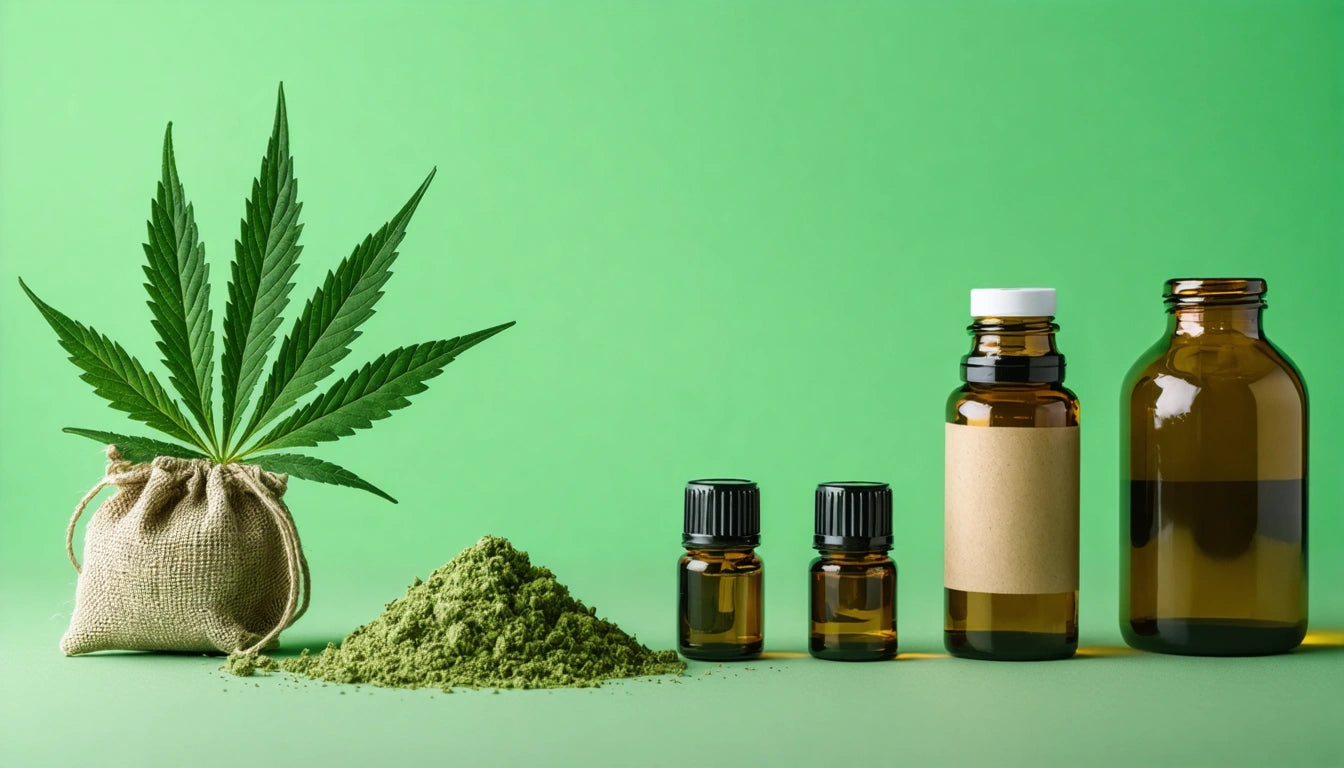Table of Contents
Understanding how to read a cannabis label is essential for making informed decisions about products and ensuring safe consumption. Cannabis labels contain crucial information about potency, ingredients, production details, and safety warnings that help consumers identify products that meet their specific needs.
Understanding Cannabis Label Basics
Cannabis labels vary by state and country, but most contain similar core elements. A standard label typically includes the product name, manufacturer information, net weight, cannabinoid content, and required warning statements. The placement of this information follows regulatory guidelines designed to ensure clarity and consistency.
Regulatory bodies like state cannabis control boards mandate specific information that must appear on every product. These requirements aim to protect consumers and provide transparency about what they're purchasing. Familiarizing yourself with your local regulations can help you better understand the labels you encounter.
Decoding Cannabinoid Content
The most scrutinized part of any cannabis label is the cannabinoid content section. This area displays the percentages or milligrams of active compounds like THC and CBD. For flower products, potency is typically shown as a percentage, while edibles and concentrates list content in milligrams per serving or container.
Understanding the difference between THC and CBD is crucial when reading labels. As explained in this detailed comparison, THC produces psychoactive effects, while CBD offers potential therapeutic benefits without intoxication. Many products contain both in varying ratios, which significantly affects the experience.
For new consumers, dosage information is particularly important. Labels help identify products appropriate for beginners, as outlined in this beginner dosage guide. Starting with low-THC products and gradually increasing consumption helps prevent uncomfortable experiences.
Terpene Profiles and Strain Information
Premium cannabis products often include terpene profiles on their labels. Terpenes are aromatic compounds that contribute to a strain's smell, taste, and effects. This terpene guide explains how these compounds work synergistically with cannabinoids to create unique experiences.
Strain classifications like indica, sativa, or hybrid may also appear on labels. However, as this article clarifies, these traditional categories offer limited insight into effects. Modern labels often provide more specific information about likely effects and optimal use times.
Batch Information and Testing
Batch numbers and laboratory testing information allow consumers to verify product safety. This resource on lab testing explains how to interpret testing information and why it matters for consumer safety.
Most labels include QR codes or lot numbers that link to Certificates of Analysis (COAs). These documents verify that products have been tested for potency and screened for contaminants like pesticides, heavy metals, and microbial impurities. Checking this information is especially important for medical cannabis patients or those with sensitivities.
Storage Recommendations and Expiration
Cannabis labels often include storage instructions and expiration dates. Proper storage significantly affects product longevity and quality. This storage guide provides detailed recommendations for maintaining freshness.
For optimal storage, many consumers use specialized humidity control products. Humidity regulation packs help maintain ideal moisture levels in stored cannabis, preventing it from becoming too dry or developing mold issues when stored for extended periods.
Expiration information helps consumers determine product freshness. As this article on cannabis expiration explains, cannabinoids and terpenes degrade over time, affecting both potency and flavor profile.
Warning Symbols and Consumer Safety
Warning symbols and statements address important safety concerns. These typically include:
- Universal cannabis warning symbol (varies by state)
- Age restrictions (21+ or 18+ for medical in some states)
- Pregnancy warnings
- Driving cautions
- Activation time advisories (particularly for edibles)
Understanding these warnings helps consumers make responsible choices. For instance, knowing how long cannabis remains in your system, as explained in this detailed breakdown, can help users plan consumption around drug testing or driving responsibilities.
Similarly, this driving safety guide clarifies why operating vehicles under the influence is dangerous and illegal, regardless of whether cannabis is legal in your state.
Making Informed Cannabis Decisions
Reading cannabis labels effectively empowers consumers to make choices aligned with their goals and tolerance levels. By understanding potency information, verifying lab testing, checking expiration dates, and heeding safety warnings, users can navigate the diverse cannabis market with confidence.
For medical patients, label literacy is particularly crucial. Discussing specific products with healthcare providers, as outlined in this guide to medical cannabis conversations, becomes more productive when patients understand product specifications.
As the cannabis industry evolves, labels continue to become more comprehensive and consumer-friendly. Staying informed about labeling standards helps ensure safe, effective, and enjoyable cannabis experiences for all types of consumers.











Leave a comment
All comments are moderated before being published.
This site is protected by hCaptcha and the hCaptcha Privacy Policy and Terms of Service apply.